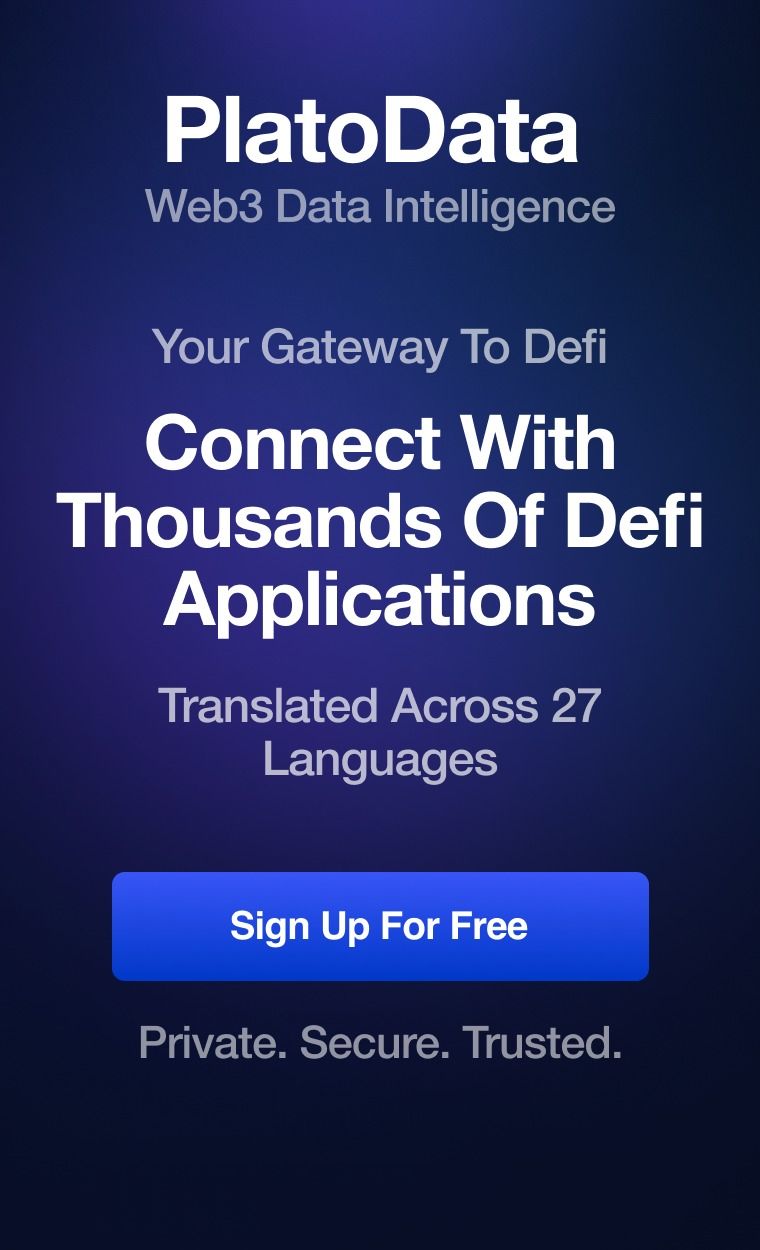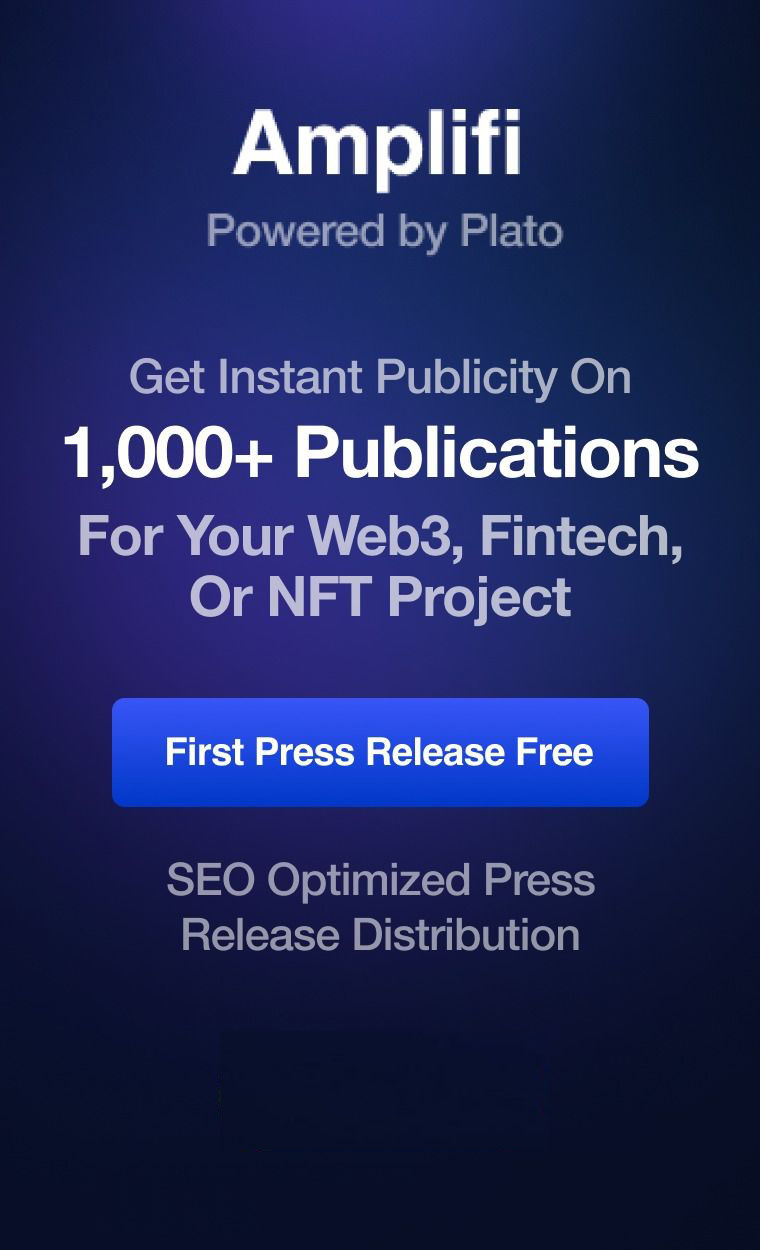
We’re thrilled to extend access to Mirror’s synthetic assets to the Binance Smart Chain community.
SEOUL, South Korea (PRWEB) January 21, 2021
Mirror, the synthetic assets protocol built on the Terra blockchain, has completed the integration of a cross-chain bridge to Binance Smart Chain (BSC) — bringing synthetic assets to the BSC community. The bridge enables porting of Terra’s stablecoin UST, its native token LUNA, governance token MIR, and Mirrored Assets (mAssets) to BSC. Initially, the assets will be rolled out on BSC DeFi applications PancakeSwap and StableXSwap.
“We’re thrilled to extend access to Mirror’s synthetic assets to the Binance Smart Chain community,” says Terraform Labs Co-Founder & CEO, Do Kwon. “The exposure to mAssets via a cross-chain bridge is a powerful avenue for increasing composability and liquidity across blockchain networks, and we welcome the BSC community to Mirror’s community-governed protocol as the next major step in Mirror’s mission to bring synthetic asset exposure to the world.”
Terra’s custom cross-chain bridge was originally built between Terra and Ethereum, enabling Terra assets, such as whitelisted mAssets on Mirror, to be sent from the Terra blockchain to Ethereum. Terra’s BSC integration will now enable users to access mAssets directly from applications running on BSC.
The initial liquidity of mAssets on BSC will be supplemented by the inclusion of mAssets and UST into two of BSC’s leading DeFi protocols — PancakeSwap, an automated market maker (AMM) DEX, and StableXSwap, a stablecoin DEX similar to Curve on Ethereum.
The first mAssets to list on PancakeSwap will be the major tech stocks Tesla, Amazon, Netflix, and Google via their mirrored mAsset versions. On StableXSwap, UST will be listed against BUSD using the platform’s low-slippage bonding curve pool. Rewards for providing liquidity will be issued in Terra’s native token, LUNA, in the coming weeks.
The mAssets can be deployed for a variety of purposes, including use as collateral in lending protocols, used by LPs in yield farming programs, leveraged trading of synthetics, synthetic stable pools (e.g., mBTC/LinearBTC/BTCB), and more.
About Binance Smart Chain
Binance Smart Chain is a sovereign smart contract blockchain delivering Ethereum Virtual Machine (EVM) compatible programmability. Designed to run in parallel with Binance Chain, Binance Smart Chain retains the former’s fast execution times and low transaction fees while adding Smart Contracts functionality to support compatible dApps.
For more information on Binance Smart Chain, visit https://www.binance.org/#smartChain.
Discord: https://discord.com/channels/789402563035660308/789427734711107595
About Mirror
Mirror is a DeFi protocol powered by smart contracts on the Terra network that enables the creation of synthetic assets called Mirrored Assets (mAssets). mAssets mimic the price behavior of real-world assets and give traders anywhere in the world open access to price exposure without the burdens of owning or transacting real assets. Mirror is a community-governed project that seeks to unlock the wealth creation of major asset classes to users around the world via a permissionless access model.
Share article on social media or email:



